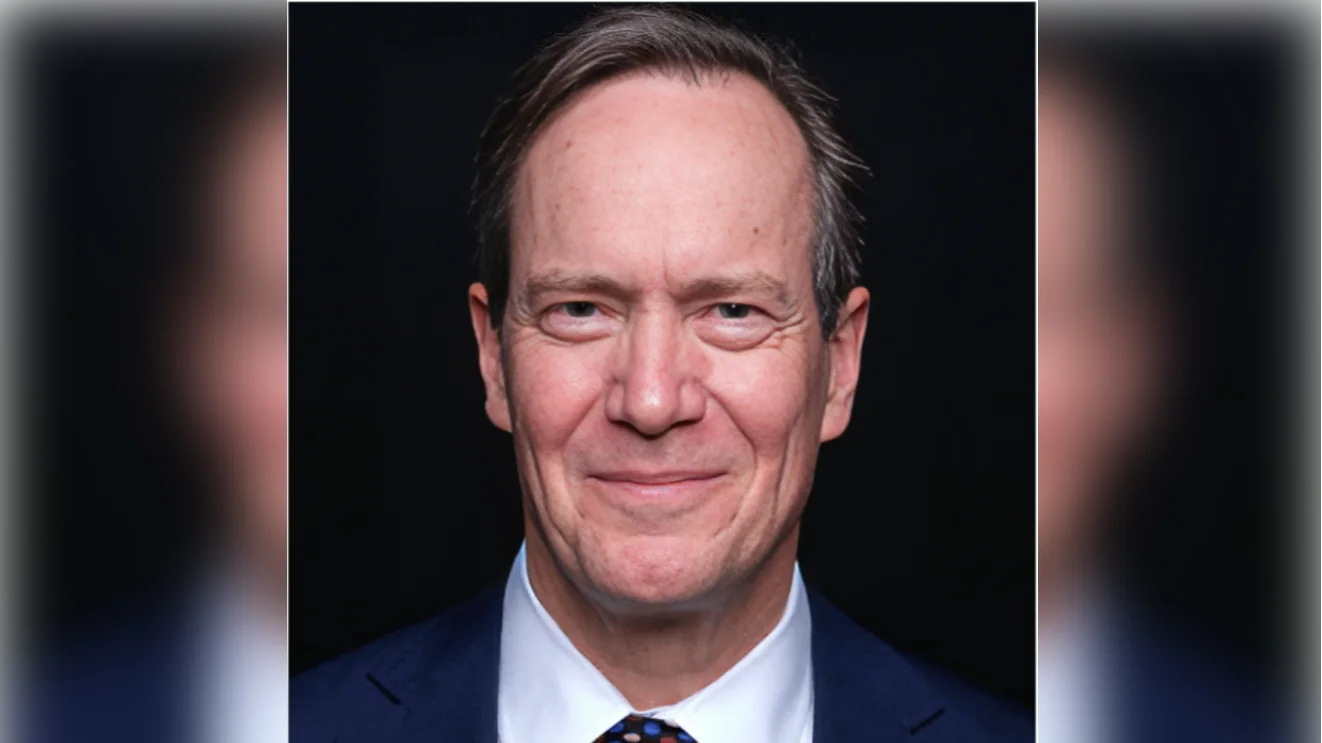Oliver Staub, a two-year-old from Germany, survived a rare and severe spinal cord injury after an accident during his family's vacation in Mexico. On April 17, an armored car struck the Staubs’ minivan at high speed, resulting in injuries for everyone inside. Oliver suffered the most critical injury: his head was separated from his spine, causing a transected spinal cord.
Doctors in Mexico initially told Oliver’s parents that their son had no chance of recovery and would die within days. Despite these predictions, Oliver began to show signs of brain function while hospitalized in Mexico City. “It was at that moment that I thought, ‘We have a reason to fight,’” said Laura Staub.
After two months under close care by his parents and with limited medical support, Oliver survived against significant odds. His family sought expert help worldwide and eventually contacted Mohamad Bydon at University of Chicago Medicine (UChicago Medicine). Dr. Bydon agreed to consider surgery due to Oliver's unexpected survival.
The cost of treatment and travel posed challenges until the Toni Kroos Foundation—after seeing Oliver’s story on Instagram—offered to pay for the boy’s surgery and transport to Chicago. “None of this would have been possible without Toni Kroos,” said Laura Staub.
Once at UChicago Medicine Comer Children’s Hospital in July, Dr. Bydon led a multidisciplinary team through two complex surgeries to reconstruct Oliver's spine and repair his spinal cord using titanium rods and screws. The procedures were particularly risky given Oliver's age and condition. “To see someone survive an injury like this? Nothing like this has ever been reported in neurosurgery or spinal cord injuries,” said Dr. Bydon.
Following initial complications after surgery—including cardiac arrest and brain swelling—Oliver showed progress within days: he smiled for the first time since the accident and gradually regained some movement and sensation. “We know the spine is communicating with the brain and body again,” Dr. Bydon stated.
Oliver was discharged on August 15 from Comer Children’s Hospital; his family plans to move permanently near relatives in Mexico as he continues physical therapy and medication management. They intend to return next year for potential participation in stem cell therapy clinical trials pending FDA approval.
“He didn’t promise us a miracle,” Laura Staub said about Dr. Bydon, “but he delivered one.”

